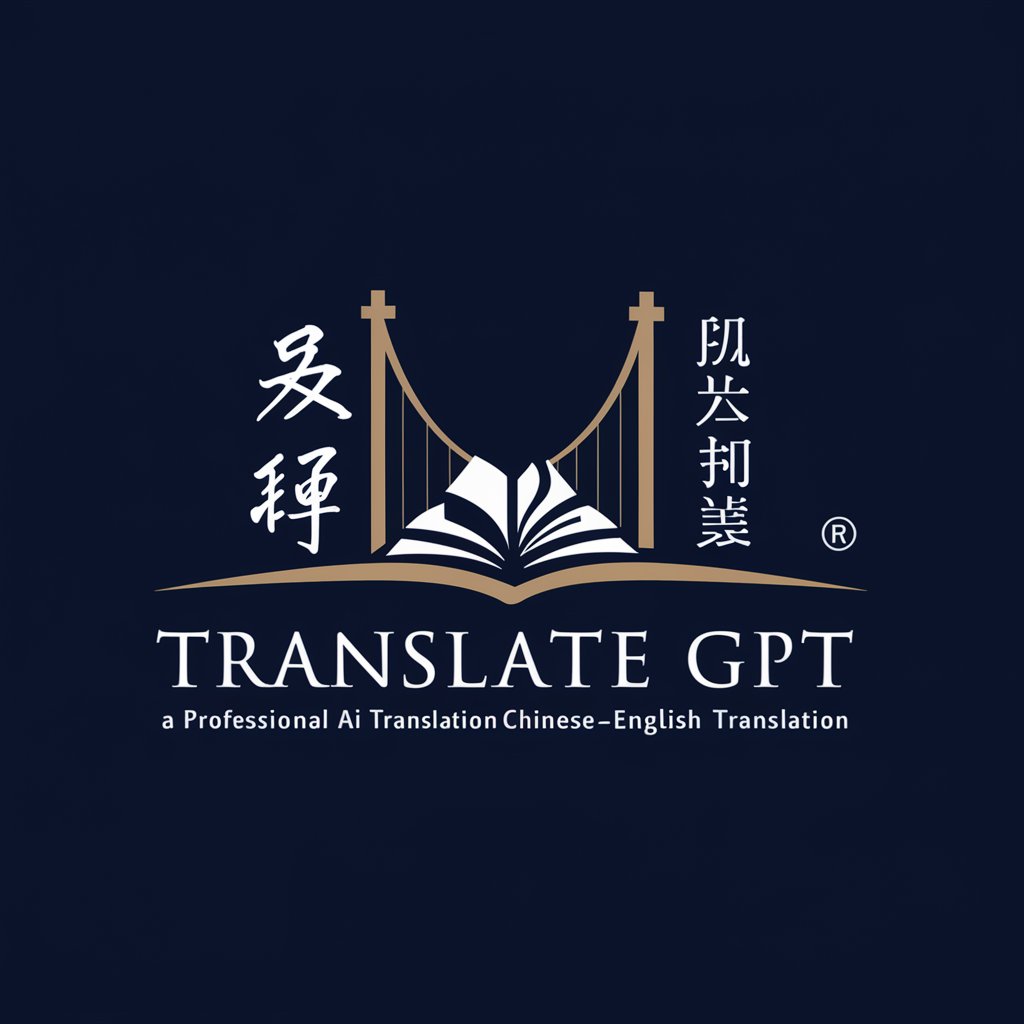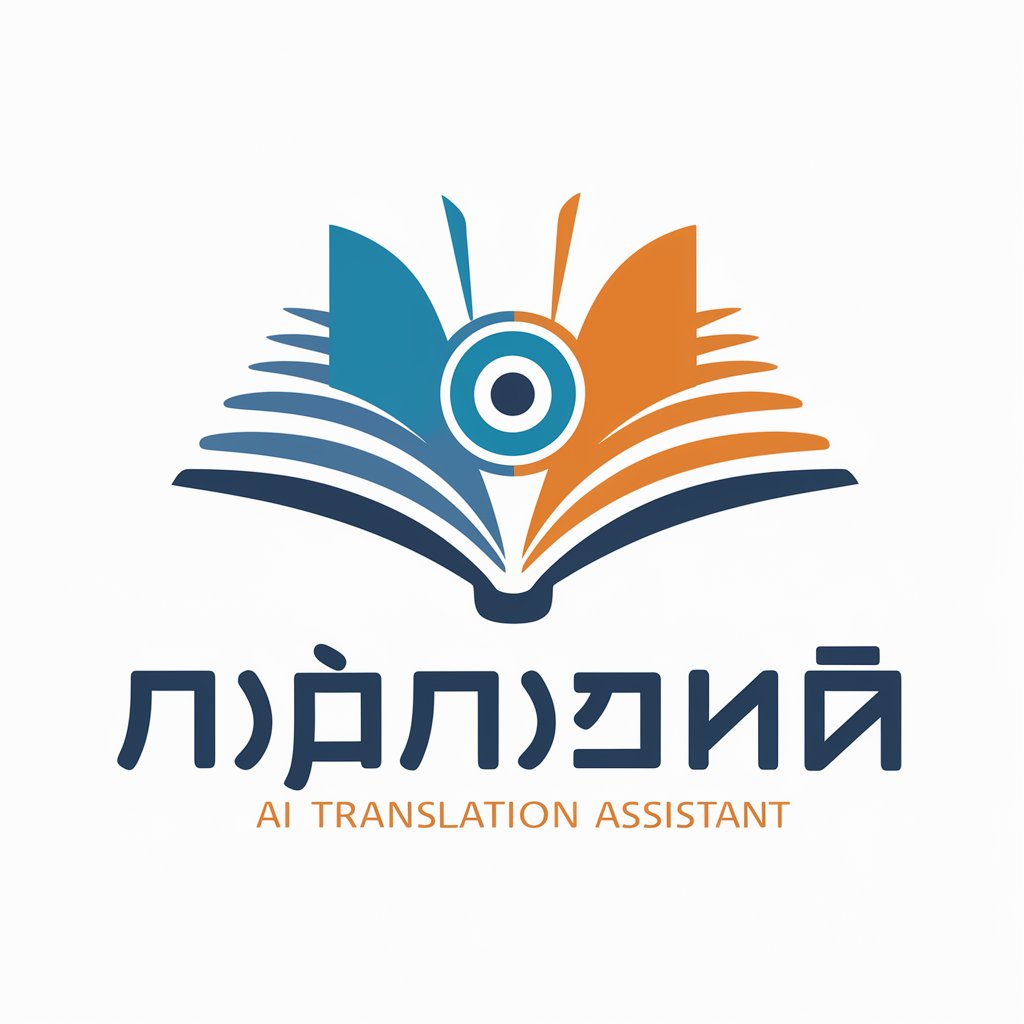
翻译-online translation tool for multiple languages.
AI-powered translation, seamless and precise.
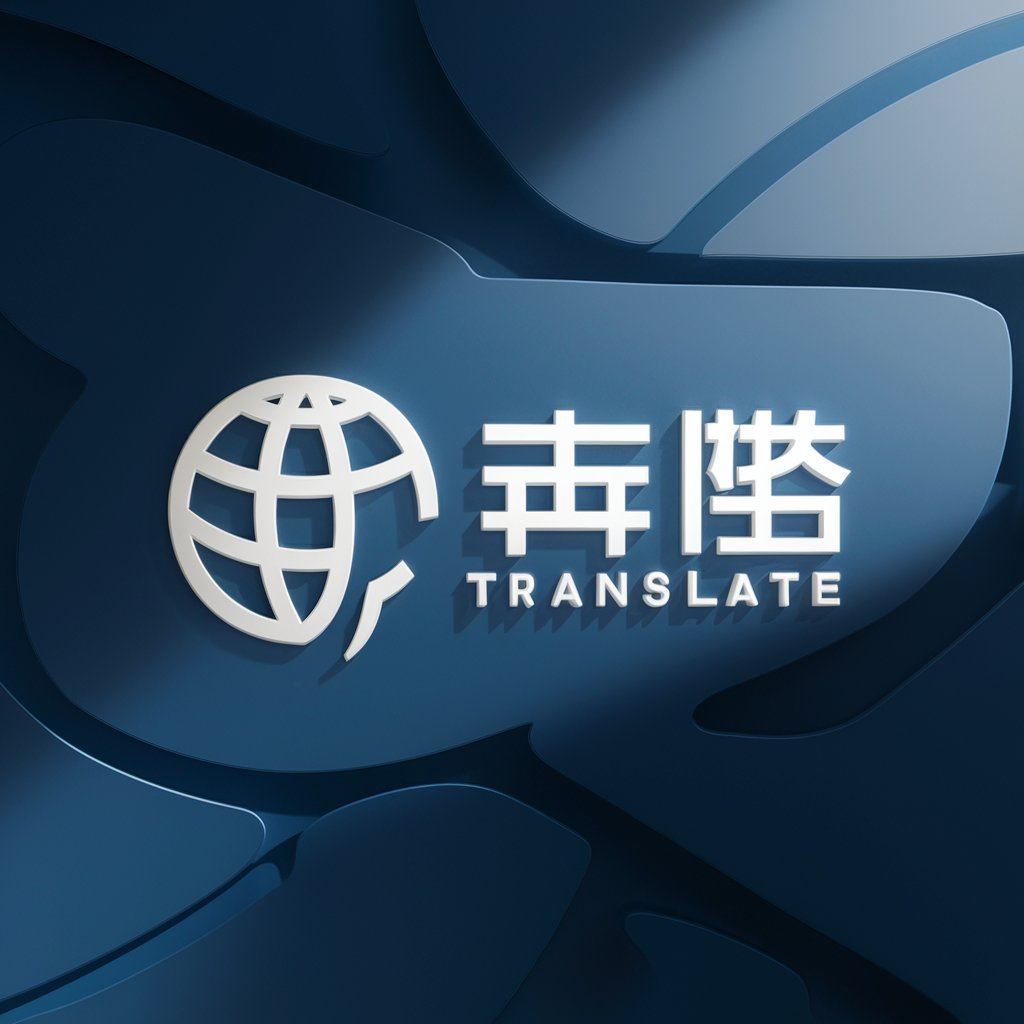
双向翻译中文和其他语言 ⬇️
英语 🇺🇸
日语 🇯🇵
韩语 🇰🇷
其他 🌍
法语 🇫🇷
德语 🇩🇪
西班牙语 🇪🇸
俄语 🇷🇺
Get Embed Code
Introduction to 翻译
翻译 is a specialized AI tool designed to assist with language translation between Chinese and other languages. Its main function is to help users understand and convert content between languages, primarily focusing on Chinese and foreign languages like English, Spanish, Japanese翻译功能与用户, and German. The system is tailored to provide accurate, contextually relevant translations that not only convey the literal meaning but also capture cultural and contextual nuances. This is particularly beneficial in real-time, dynamic conversations or when needing to ensure that translations are contextually correct and natural-sounding in the target language. ### Example Scenario: A user may want to translate a phrase like 'I need to book a flight' from English to Chinese. Instead of simply providing the translation '我需要预定一班飞机' (which is technically correct), 翻译 might refine the translation based on context or even suggest an alternate expression like '我需要订一张机票', which is more commonly used in everyday Chinese conversations. This added layer of context makes the translations more natural and applicable to real-life situations.
Main Functions of 翻译
Real-time language翻译功能与用户 translation
Example
Translating spoken or written phrases between Chinese and foreign languages
Scenario
A user visiting a foreign country needs to communicate with a local vendor. 翻译 can instantly translate their spoken question, like 'Where can I buy a SIM card?' into the local language, ensuring effective communication and reducing misunderstandings.
Contextual adaptation of translations
Example
Adapting translations based on context, tone, and cultural nuances
Scenario
In a business setting, when translating a polite email from English to Chinese, 翻译 ensures the message is not only grammatically correct but also culturally appropriate. For instance, 'I look forward to hearing from you' might be translated as '期待您的回复', which is more polite and respectful in Chinese business contexts.
Pronunciation guidance
Example
Providing phonetic transcriptions for non-native speakers
Scenario
When translating English sentences into Chinese, 翻译 also provides the Pinyin (phonetic) transcription. For instance, the sentence 'How are you?' (你好, nǐ hǎo) will be displayed as '你好 (nǐ hǎo)', enabling the user to learn not just the written form but also how to pronounce it correctly.
Ideal Users of 翻译
Language learners
Individuals studying a foreign language (Chinese or otherwise) will find 翻译 helpful for both learning and practice. The tool assists in learning vocabulary, improving pronunciation, and understanding grammatical structures. It is particularly useful when learners want to hear the translation in both text and spoken form, allowing them to enhance their speaking and listening skills.
Travelers and expatriates
Travelers or expatriates who need to communicate in a foreign country can greatly benefit from 翻译. For example, someone traveling to China for business or leisure might encounter language barriers when navigating cities, ordering food, or negotiating services. 翻译 enables these users to quickly translate signs, menus, or engage in real-time conversations, ensuring they can manage everyday situations without a deep understanding of the language.
Business professionals
Business professionals, especially those dealing with international clients or colleagues, can use 翻译 to facilitate communication in meetings, emails, and reports. The service ensures that translations are accurate, formal, and context-appropriate, enabling smoother collaboration and helping avoid costly miscommunications.
Researchers and academics
Researchers and academics working on cross-lingual projects can leverage 翻译 for translating academic papers, articles, and research findings. It allows them to work with primary sources in different languages, expanding the scope of their research and ensuring accuracy in technical or specialized terminologies.
How toJSON代码修正 Use 翻译 (Translation Tool)
Step 1
Visit aichatonline.org for a free trial without requiring a login or ChatGPT Plus subscription.
Step 2
Choose the target language for translation. You can select from various languages such as English, Spanish, Japanese, and more.
Step 3
Input the text you wish to translate into the provided text box. Ensure the input language is recognized correctly by the system.
Step 4
Click the 'Translate' button to receive the translated text. The output will be provided in the selected target language, and pronunciation guidance will be included if applicable.
Step 5
Review the translation and, if necessary, make adjustments to your input. You can refine the translation by rephrasing or clarifying the text for improved accuracy.
Try other advanced and practical GPTs
GameMentor - Il tuo Coach di Videogames
Master your game with AI precision.

ĐỌC Y VĂN
AI-powered analysis of medical documents.

Assistente de Ementas - Rec 154/24-CNJ - ESASHIKA
AI-powered ementa generation for legal cases.

Football Betting Picks
AI-powered picks based on deep football data

英文法正誤問題メーカー
AI-powered English grammar correction tool.
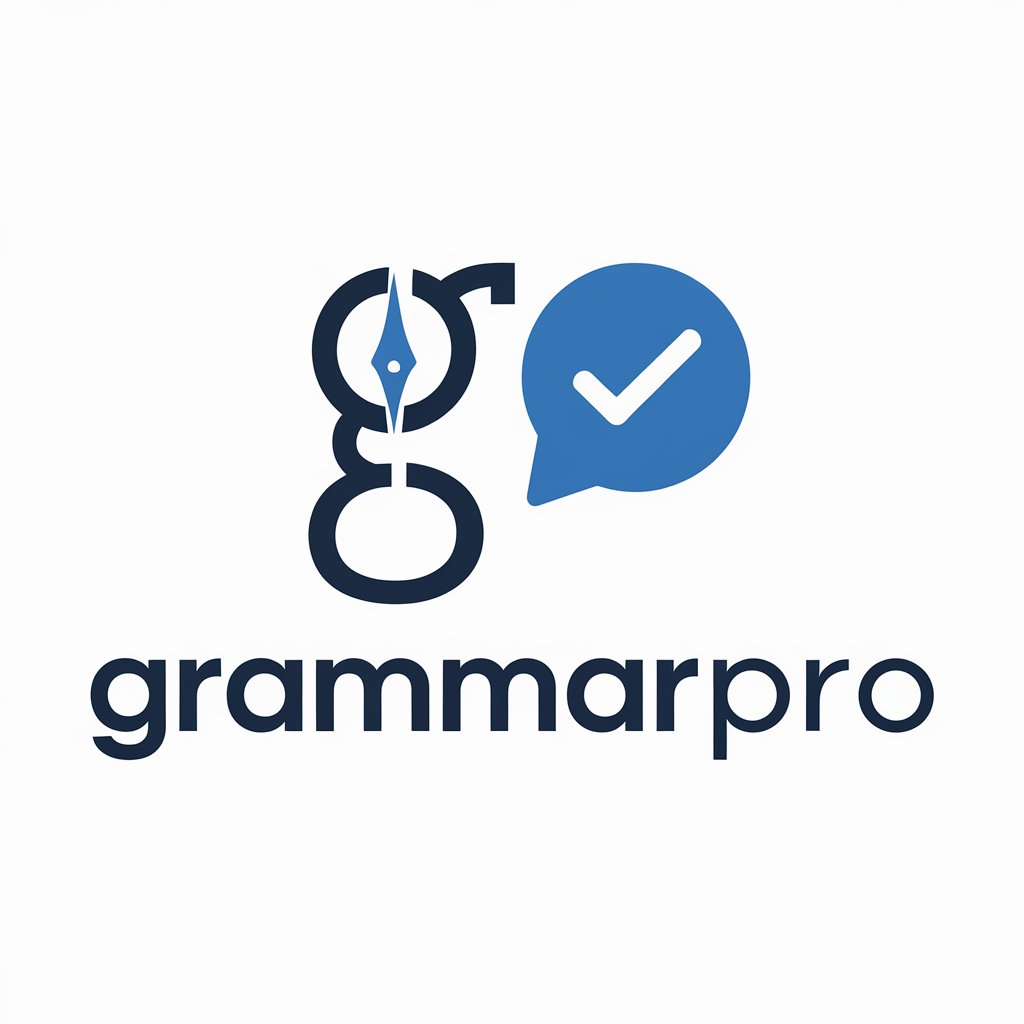
Unternehmenssteckbrief
AI-powered company insights at your fingertips.

Advogado Bancário
AI-Powered Legal Insights for Banking Cases

Advogado Especialista em Licitação
AI-powered legal expert for bidding success

Asistente de Articulos Cientificos All_vas
AI-powered assistant for scientific writing excellence
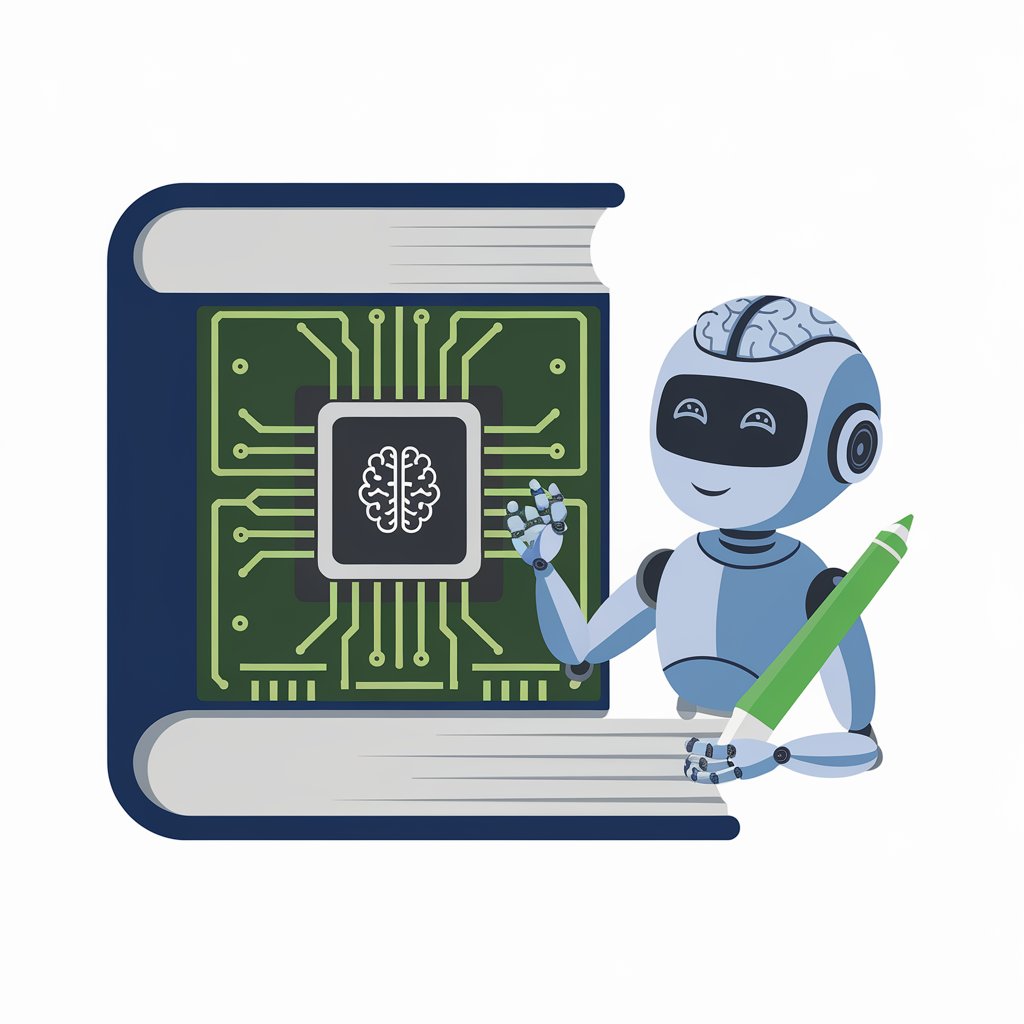
Selenium
AI-powered web automation made easy.

LOFI音楽YouTube投稿クリエーター
AI-powered bilingual tool for lo-fi music success
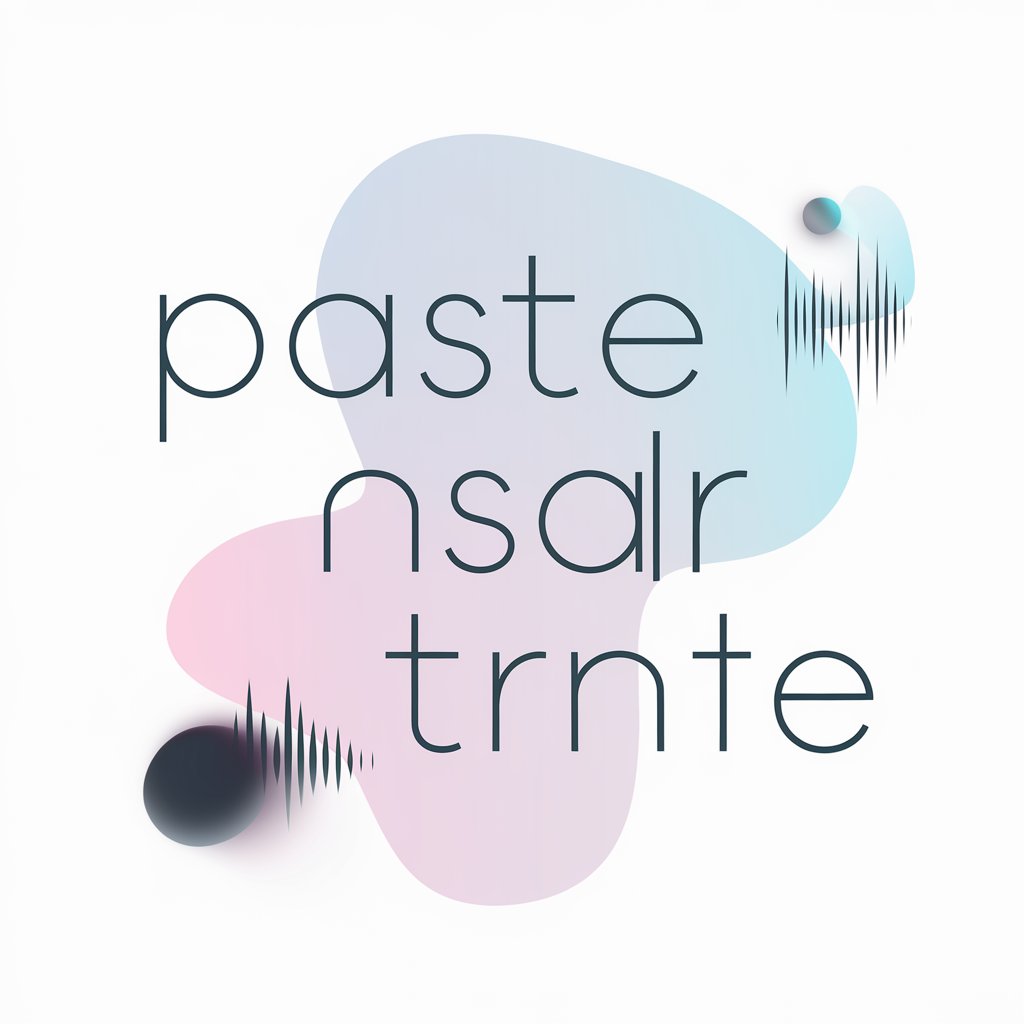
高情商聊天机器人
AI-Powered Emotional Rewriting for Real Life

- Academic Writing
- Business Communication
- Language Learning
- Personal Use
- Technical Translation
Frequently Asked Questions about 翻译
What languages can 翻译 translate between?
翻译 can translate betweenJSON Error Fix a wide range of languages, including English, Spanish, Japanese, French, German, Chinese, and many more. You can easily select the target language and source language for your translation.
Do I need to create an account to use 翻译?
No, you don't need to create an account to start using 翻译. You can access it directly via the website for a free trial without requiring login credentials.
How accurate are the translations provided by 翻译?
The translations provided by 翻译 are highly accurate, leveraging advanced AI algorithms. However, for complex or highly technical texts, we recommend double-checking with native speakers or professional translators for the best results.
Can 翻译 help with translating specialized content like legal or medical texts?
Yes, 翻译 can assist with specialized content, including legal, medical, and technical translations. However, for critical documents, we suggest verifying translations with professionals in the specific field to ensure precision.
Is pronunciation guidance available for all languages?
Pronunciation guidance is available for many languages, especially for those with complex pronunciation like English, Japanese, and French. For languages without phonetic complexity, pronunciation may not be provided.




